High-tech and Indigenous knowledge join forces to protect the melting Arctic’s most at-risk animals
WWF-Canada’s 10 Arctic Species Conservation Fund recipients are focusing on polar bear, narwhal, beluga and caribou
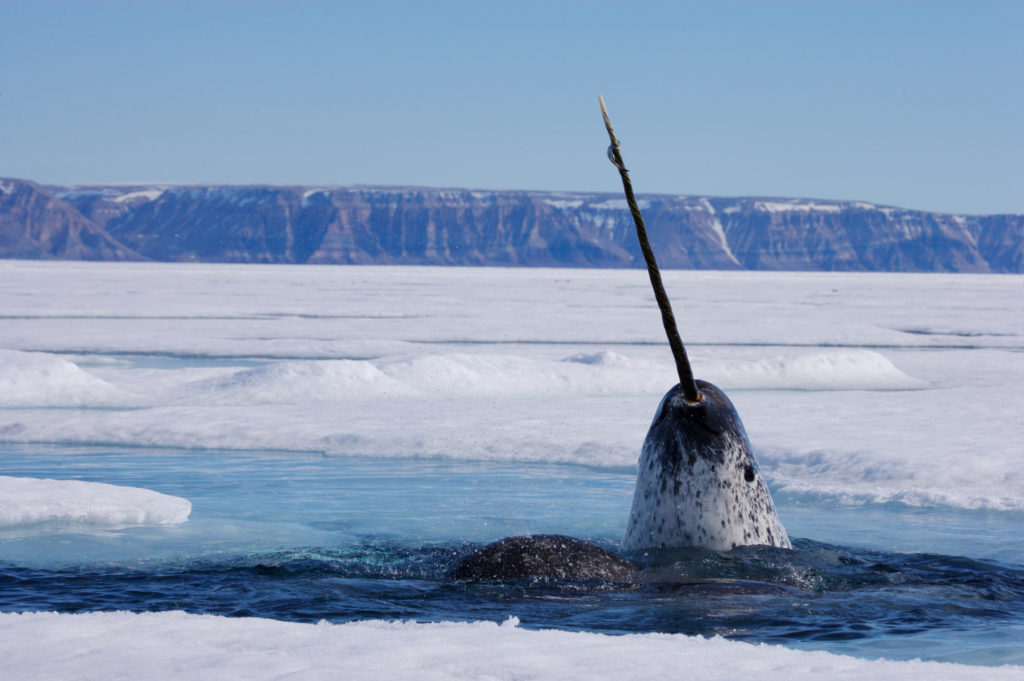
Employing
satellites and drones to safeguard beluga. Using Inuit knowledge to prevent caribou
extinction. Measuring climate impacts on narwhal. Reducing human-polar bear
conflicts. These are just a few research recipients from the fifth exciting
field season for WWF-Canada’s Arctic Species Conservation Fund.
Established
in 2015, this fund supports high-quality research and stewardship of iconic Arctic
species like beluga, bowhead whales, narwhal, barren-ground caribou, polar
bears and walrus.
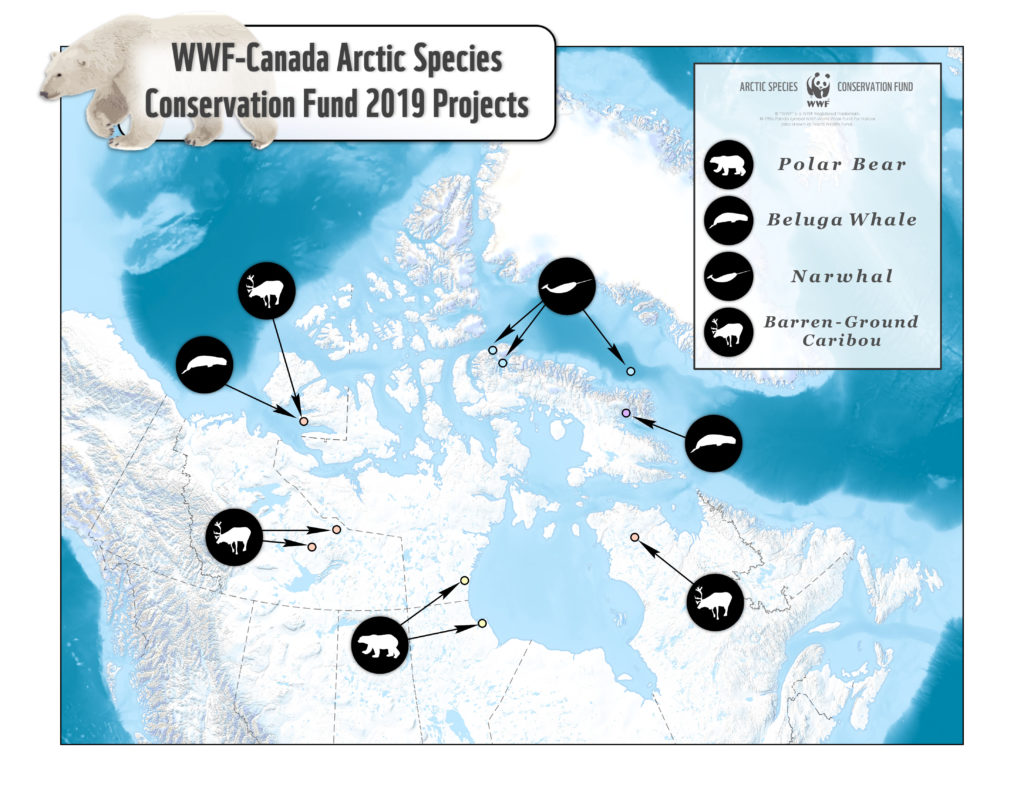
Focusing on the most at-risk species across Nunavut, Quebec, Manitoba and the Northwest Territories, the 2019 – 2020 projects include:
- The isolated and threatened Cumberland Sound beluga
- The Bathurst herd of barren-ground caribou, which has declined by 98 per cent since 1986
- The George River herd of eastern migratory caribou that has declined by 99 per cent since 2001
- The narwhal of Eclipse Sound, which are exposed to high levels of shipping and changing ice conditions
- The Western Hudson Bay subpopulation of polar bears where sea ice is declining and conflict with local communities is increasing rapidly
Arctic Whales
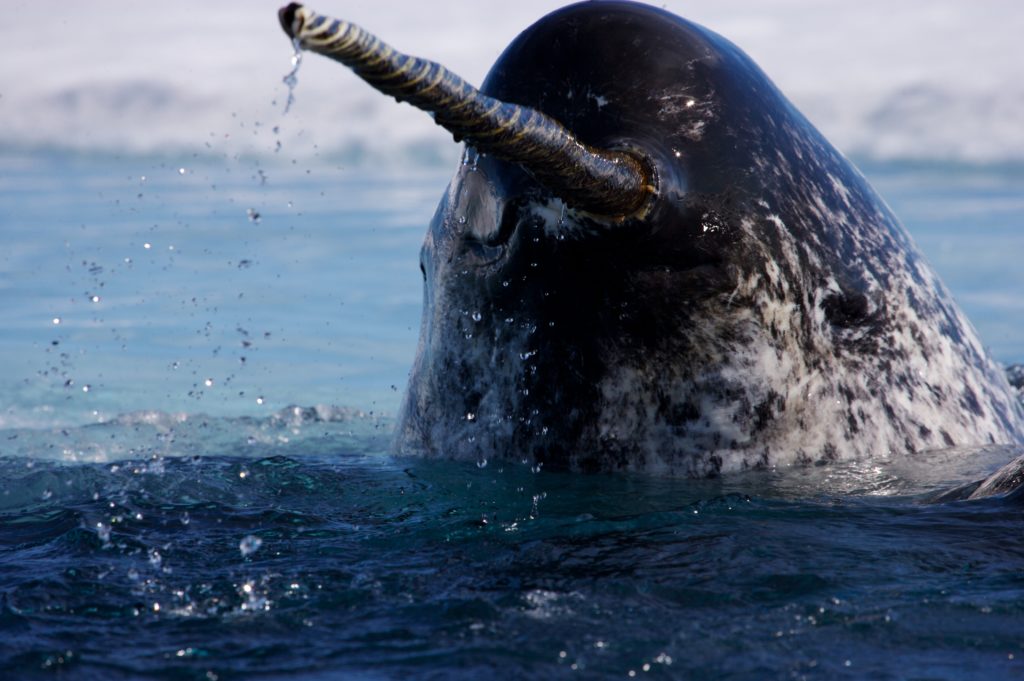
Analyzing years of data from narwhal camp to determine where narwhal go and what challenges they face
After years of successful expeditions at narwhal camp — the WWF-supported narwhal-tagging initiative in the High Arctic — we are now analyzing this extraordinary data. Priorities include identifying migration routes and core winter and summer habitats as well as investigating how a warming climate and increased ship presence is affecting the whales.
Project partners – University of Windsor, Department of Fisheries and Oceans Canada
As climate change affects narwhal, are we protecting the right narwhal over-wintering habitat?
In a warming Arctic ecosystem, we expect changes in wildlife home ranges and habits. As these shifts occur, it’s important to evaluate existing protected areas to see if they’re accomplishing what they were designated to do.
This project will investigate if narwhal are still using the Disko Fan Conservation Area in Baffin Bay, and study their vocalizations to learn if this area is still an important foraging ground during the winter months.
Project partners – University of Windsor, Department of Fisheries and Oceans Canada
Measuring the stress of narwhal exposed to industrial development in a rapidly changing environment
This project will analyze tissue samples from narwhal dating back to the 1970s against current years to determine the relative health and stress of the population over time. Recently, this group of narwhals has been exposed to an intense amount of iron ore ships during the summer months, and climate change is rapidly changing the conditions of their habitat.
Information on how the animals are reacting to these changes are critical to our efforts to secure a future where narwhals are not threatened by industrial development.
Project partners – University of Calgary, Pond Inlet Hunters and Trappers Organization
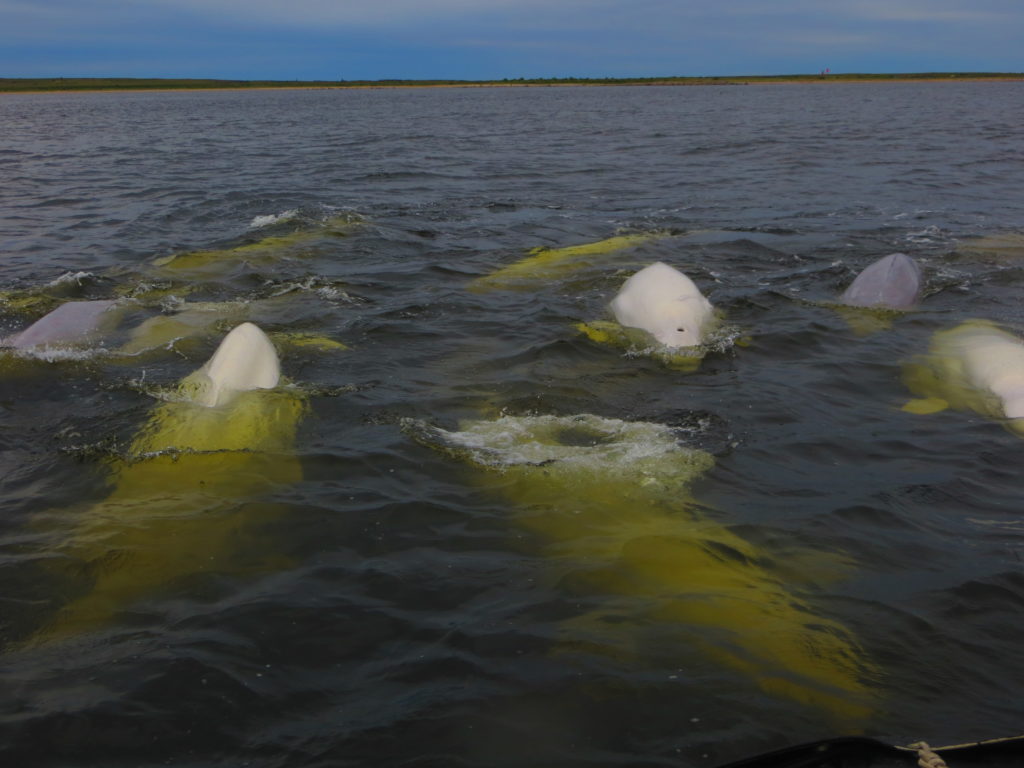
Determining the critical habitat and nursery areas for one of Canada’s most threatened beluga populations
Cumberland Sound beluga are among the most threatened in Canada and are listed under the Species at Risk Act. This project will analyze satellite tracking data to determine critical habitat for the population and use aerial drone technology to assess the habitat use of calves, contributing to the proper planning and recovery of these whales.
Project partners – University of Manitoba, Fisheries and Oceans Canada, Pangnirtung Hunters and Trappers Organization
Documenting key habitats for marine mammals and caribou in the Inuvialuit Settlement Region
A major planning process is underway in the western Canadian Arctic that will determine priority areas for wildlife conservation and industrial development opportunities.
This project will document Indigenous Knowledge on areas that need to be set aside as priority areas for iconic wildlife such as beluga, Dolphin and Union caribou, and musk-ox to ensure healthy and resilient ecosystems that support the people and animals of the region.
Project partners – Inuvialuit Game Council, Inuvialuit Regional Corporation, Inuvialuit Joint Secretariat
Polar Bears
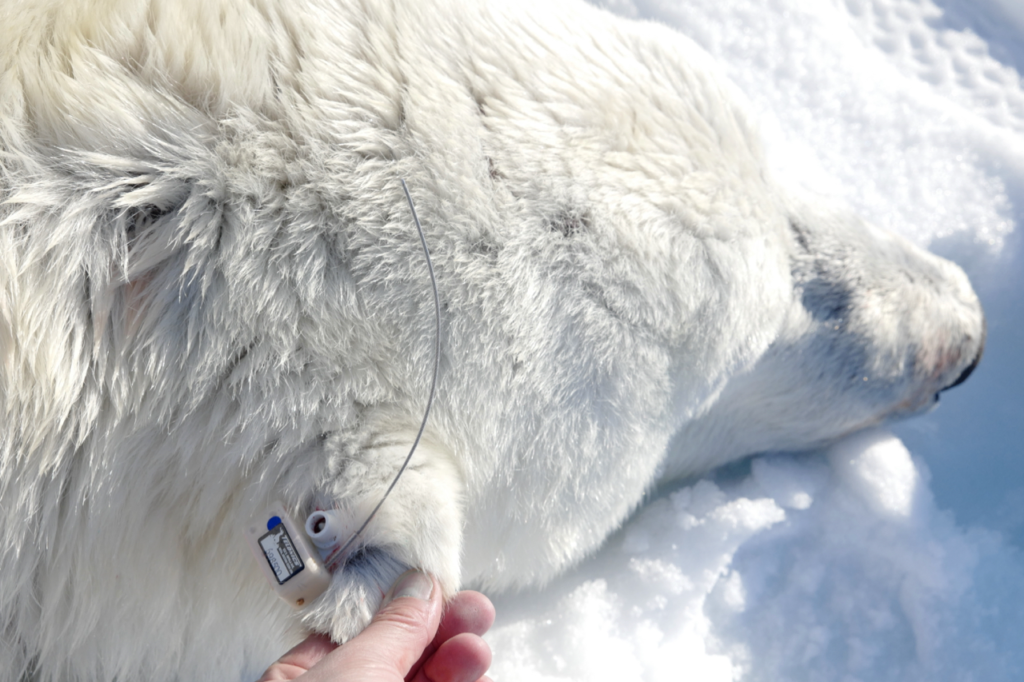
Using camera traps to figure out what contributes to conflict between polar bears and people
Human-polar bear conflict rates are at an all-time high in the western Hudson Bay region of Nunavut, with severe concerns for community safety.
This project will use camera traps to identify bears that are causing problems around the community of Churchill, MB and Arviat, NU and determine when and why polar bears approach communities and camps, and what is driving these negative interactions.
Project partners – University of Saskatchewan, Arviat Hunters and Trappers Organization, Churchill Northern Studies Centre
Tracking Problem Polar Bears to Increase Community and Bear Safety
WWF is a longtime partner of the world’s most comprehensive long-term polar bear study, which occurs in the Churchill region. This year, this project continues to focus on the movements of polar bears that have caused problems in Churchill to better understand which types of bears are prone to conflict. This work will inform planning to minimize polar-bear human conflict and increase community safety.
Project partners – University of Alberta, Government of Manitoba, Environment and Climate Change Canada, Government of Nunavut
Barren-ground Caribou
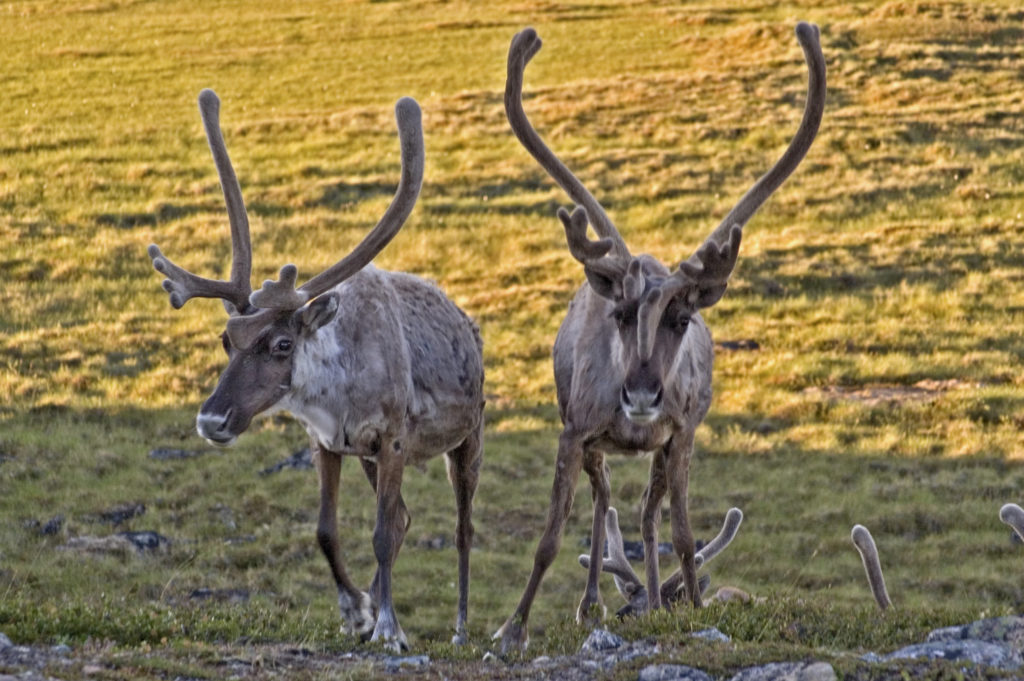
Assessing caribou response to mines through their behaviour, migration patterns and poop
In the third year of this WWF-supported project, the research team will return for a final field season to quantify the effect of mining infrastructure on barren-ground caribou.
The team will observe the behaviour of the caribou, monitor their stress levels through analyzing their poop, and track the movement of collared animals. This work will inform industrial development planning to ensure that impacts on caribou are minimized for current and future projects.
Project partners – Government of the Northwest Territories, University of Northern British Columbia,
Developing a network of Indigenous guardians to conserve the Bathurst herd, one of Canada’s most decimated caribou populations
The Bathurst herd of caribou has declined rapidly in recent years, falling an additional 50 per cent since 2015 after experiencing massive population declines since the 1980s.
This project will bring together Indigenous partners from across the range of the herd to determine the steps that need to be taken to ensure the herd and its habitat are given a fighting chance at recovery.
Project partners – Wek’éezhìi Renewable Resources Board, Tłı̨chǫ Government, Yellowknives Dene First Nation, Lutsel K’e Dene First Nation, Kitikmeot Regional Wildlife Board, Athabasca Denesuliné First Nation, Northwest Territories Métis Nation, North Slave Métis Alliance
Documenting Inuit Knowledge on caribou in Nunavik, Que. where the George River herd has declined by 99 per cent
Caribou declines are occurring across the country, including Nunavik the northern third of Quebec, where the once 800,000-strong George River herd is down to only 5,500 animals.
Immediate actions are needed to safeguard the remaining members of this herd and the Leaf River herd, which is also in steep decline. This project will consult with the affected Inuit communities to determine how to best conserve these herds under the harsh reality of steep population declines.
Project partners – Makivik Corporation, Société du Plan Nord
These independent ASCF projects all meet WWF-Canada’s main goals in the Arctic of mitigating the impacts of industrial development on species, promoting community conservation values, expanding ecological knowledge of species and their population status, and securing critical habitat protection

